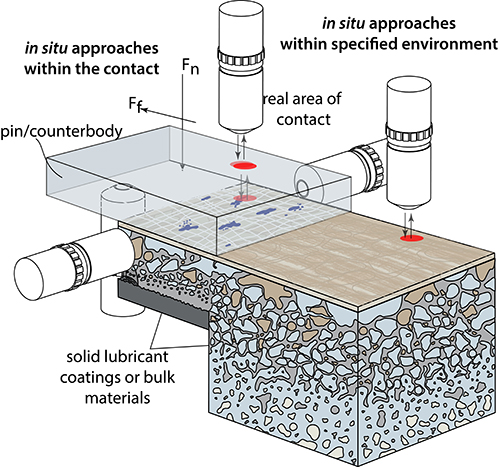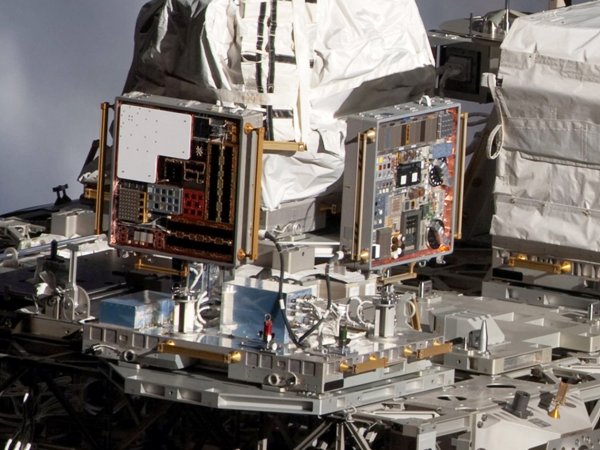Lehigh University
The Tribology Laboratory at Lehigh University
Evolution in Surfaces: Interaction of Topography with Contact Pressure During Wear of Composites Including Dinosaur Dentition
K. G. Rowe, G. M. Erickson, W. G. Sawyer and B. A. Krick
Abstract
A two-parameter elastic foundation model is used to predict the coupled evolution of contact pressure and wear of multicomponent composite surfaces. The iterative model predicts the evolution of surface shape for an initially flat multicomponent surface under uniform applied pressure; where the components of the composite surface are different materials of different wear rates. The model is applied to elucidate the chewing surface morphology of the dentition in a hadrosaurid dinosaur using wear rates measured from fossilized dental tissues. Additionally, to further illustrate the predictive capabilities of the coupled contact pressure and wear model, a two-component polymer sample was fabricated and experimentally evaluated through laboratory wear experiments. Data obtained from the abrasive wear testing of a laboratory multicomponent polymer sample was compared to model predictions using measured system and material parameters. Differences between the measured and predicted surface profiles were on the same order as the sample’s surface roughness (Ra ~3 µm).




